So, you've got this fabulous plant and an equally stunning pot that sadly lacks those little holes at the bottom everyone seems to fuss about. You've stumbled right into one of the gardening world's hot topics! Do you really need a drainage hole in your plant pots? Let's chat about it.
First, why all the drama over some tiny holes? Well, it all boils down to how happy your plant's roots are. Imagine wearing wet socks all day. Sounds awful, right? That's kind of what happens to plant roots sitting in soggy soil because of no drainage. They can't breathe properly and are more susceptible to diseases like root rot. Yikes!
A Closer Look at the Drainage Hole Saga
The Root of the Matter
Root health is crucial. These underground parts of the plant need a mix of air and water to thrive. Too much water blocks the air, leaving some sad, suffocated roots. Plus, waterlogged soil can get pretty chilly, making the roots feel as if they're stuck in a cold, damp basement.
Avoiding the Salt Assault
When you water your plants, the water does more than quench their thirst. It also removes salts that can accumulate in the soil and harm your leafy friends. Without an escape route, these salts just hang around, causing trouble.
Benefits Beyond Breathing
Sure, preventing a root's worst nightmare is a big deal, but drainage holes bring more to the table. They:
- Save your plants from drowning in excess water.
- Keep the soil's air and water in a happy balance.
- Make roots strong by avoiding nasty diseases.
- Help flush out anything in the soil that shouldn’t be there.
But What About the Downsides?
Yes, drainage holes aren't all sunshine and rainbows. There’s the mess — nobody likes ruining a nice floor or furniture with water stains. Plus, you might end up watering your plants more often because, well, the water drains away!
There's the issue of roots getting too adventurous and sneaking out of the holes or clogging them up, which is hardly ideal.
When No Hole Could Be the Goal
Decor over function—we've all been there, right? Sometimes, you fall in love with a pot that's perfect in every way—except it lacks drainage holes. Or maybe you're up for a little challenge and don't mind keeping a close eye on your watering schedule.
Hydroponics is another scenario in which drainage holes are eliminated. Here, plants live in a water solution, making holes somewhat irrelevant.
Working Around the Hole Issue
So, you've got a hole-less pot. What now? Don't hit the panic button just yet! You can:
- Bring some water-absorbing materials like perlite to keep the moisture levels in check.
- Create a gravel layer at the bottom of the pot to act as a faux drainage system (it's not perfect, but it's something).
- Be a hawk about your watering habits. Overwatering is a no-go!
- Get crafty and drill your holes (with the right tools and safety gear, of course).
Wrapping Up This Hole Story
Here’s the scoop: Drainage holes are like the superheroes of the plant world, saving our green buddies from water tyranny. But that doesn't mean you can't go without them if you're willing to take on the challenge. With some know-how and creativity, you can work around the lack of holes, ensuring your plants stay healthy and vibrant.
Nothing beats figuring out just the right care routine for your plants, holes or no holes. It's all about understanding the needs of your leafy friends and finding joy in watching them flourish whether you’re team hole or prefer to keep things sealed; happy gardening!
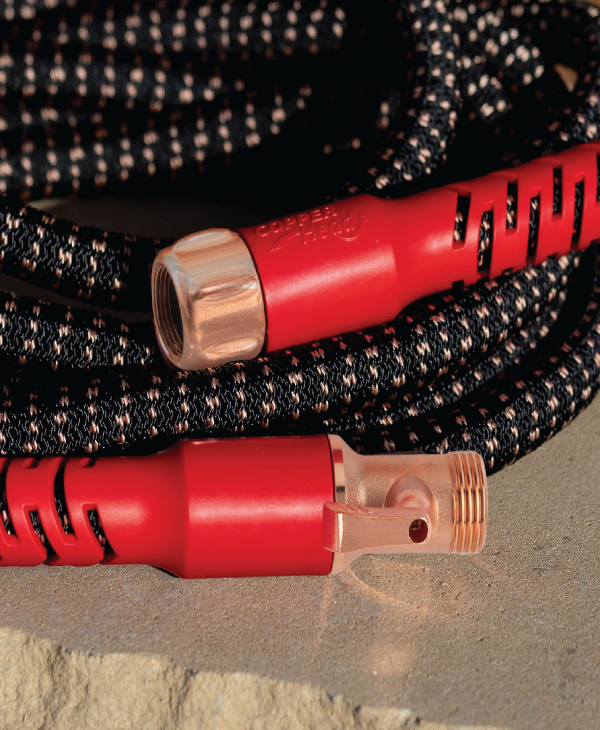
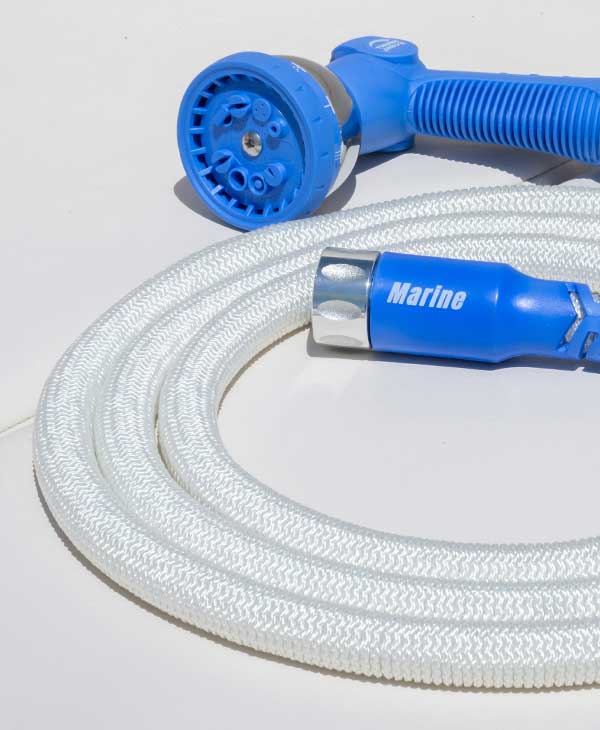
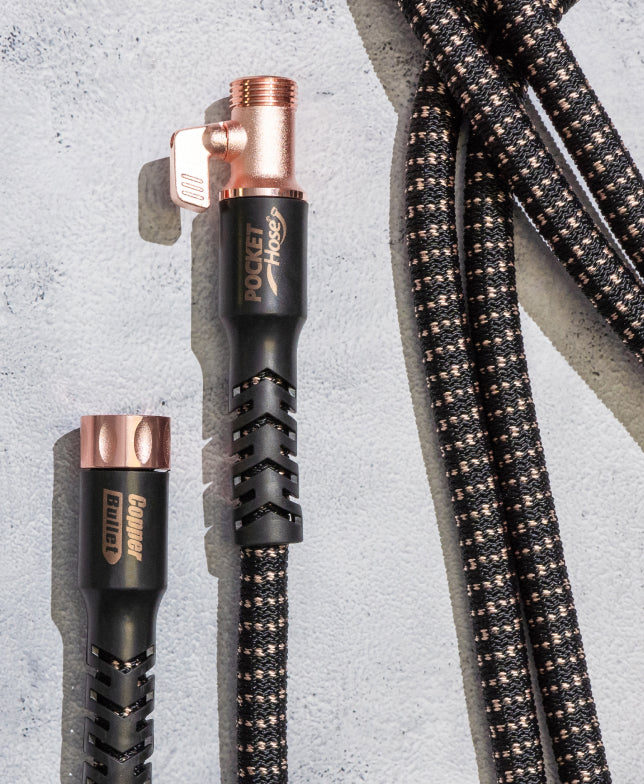
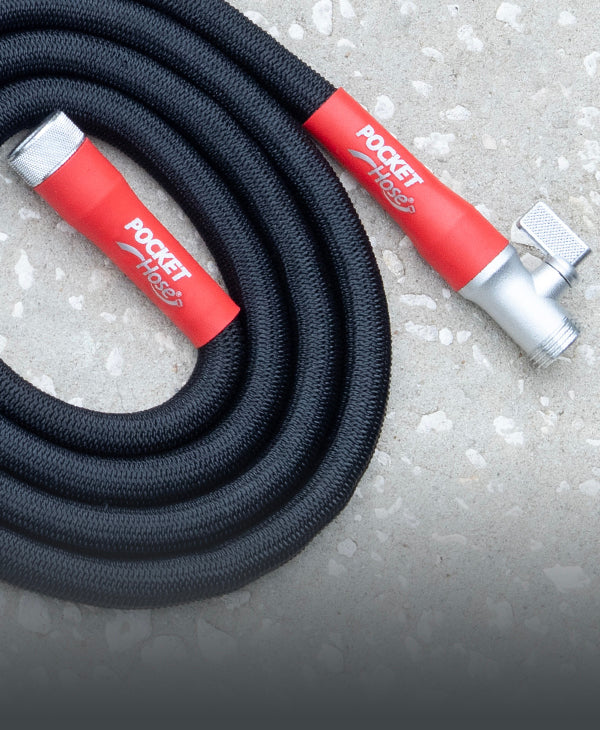
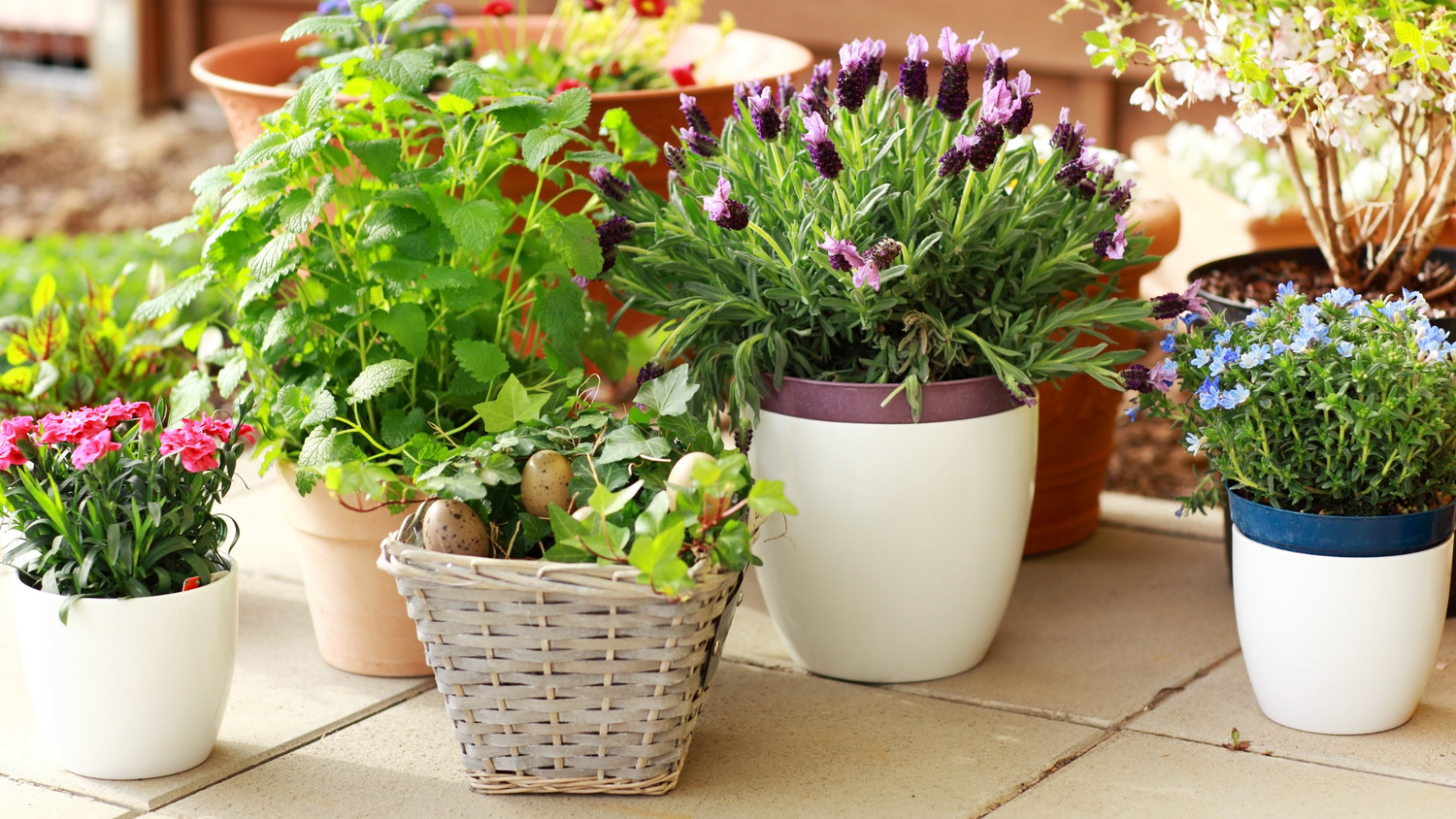

Leave a comment
This site is protected by hCaptcha and the hCaptcha Privacy Policy and Terms of Service apply.